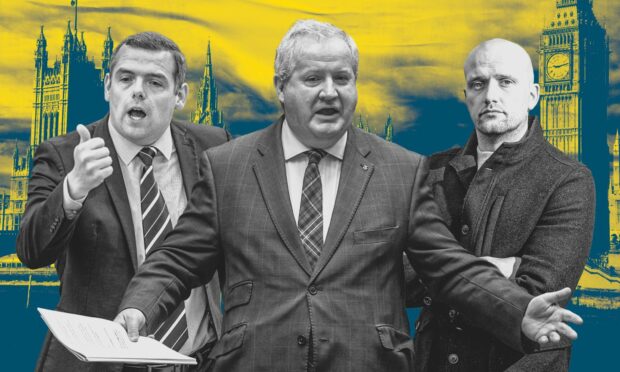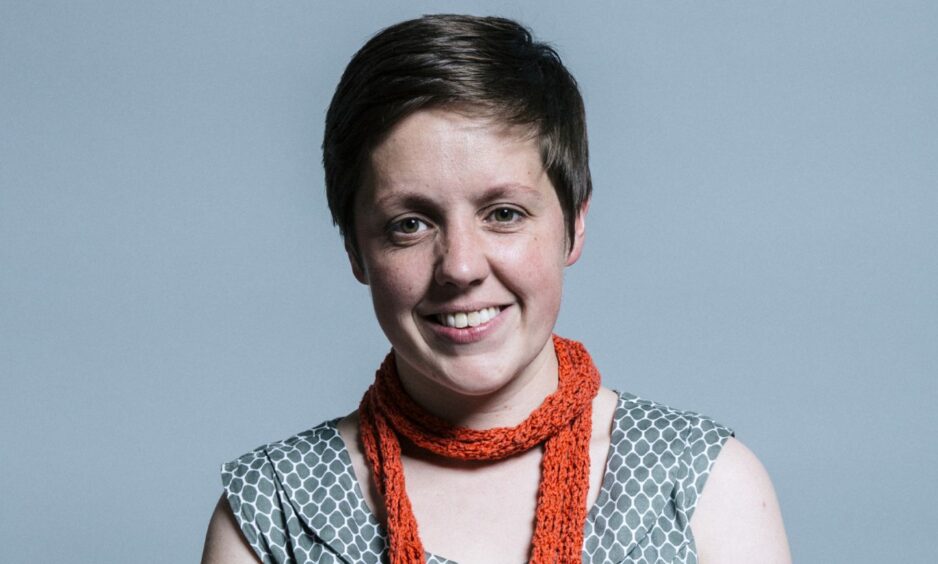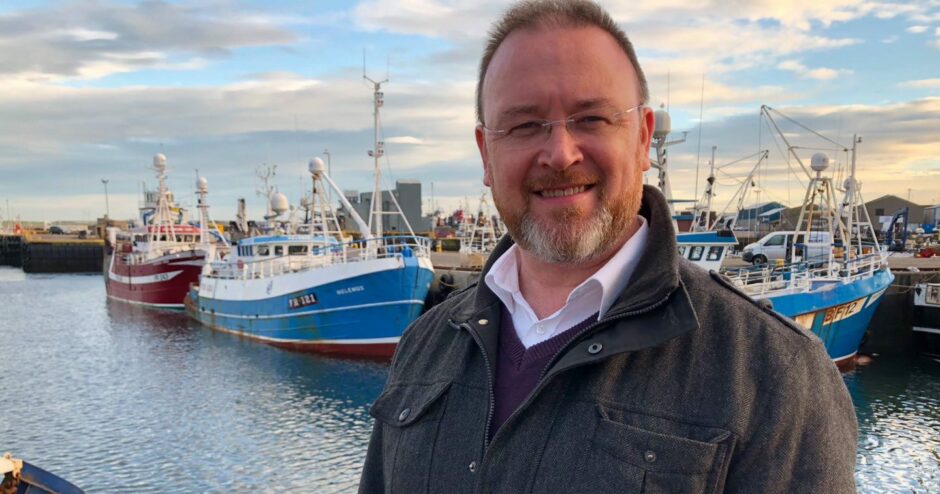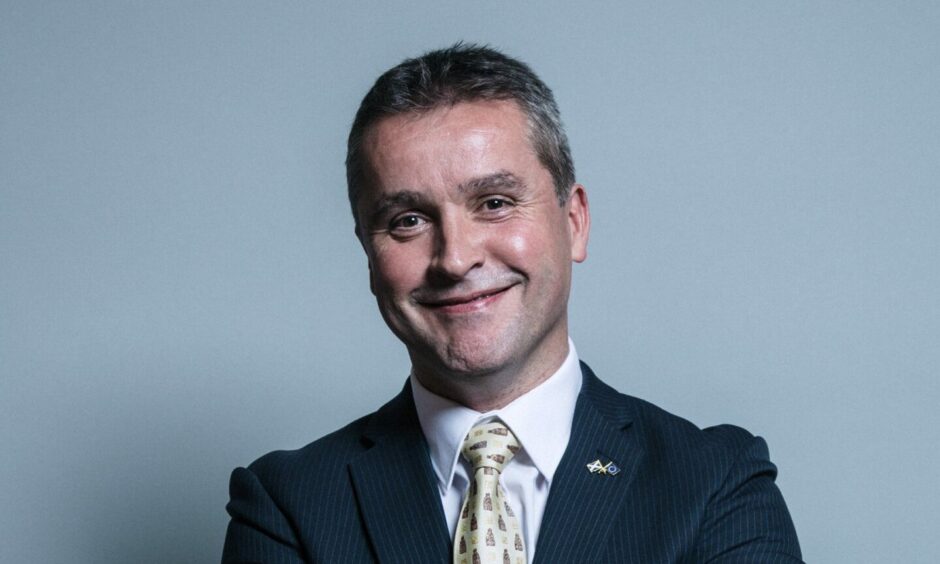Scotland’s constituencies have undergone a major overhaul ahead of the 2024 general election, with changes made across the Highlands, Moray and Aberdeenshire.
Two senior MPs across the north-east, Highlands and Islands are quitting but many more are choosing to fight the general election.
The SNP has faced an exodus in recent weeks with eight MPs so far confirming they intend to step down from their Westminster seats across Scotland.
We’ve taken a look at all the local seats across the north and north-east with details below about how constituencies will change and who plans to contest them.
Aberdeen
The Aberdeen North constituency remains but will now take in all of Bridge and Don and Dyce, which previously fell under the Gordon constituency.
The SNP’s Kirsty Blackman, MP for the seat, intends to seek re-selection.
In neighbouring Aberdeen South, Westminster SNP leader Stephen Flynn has confirmed to the Press and Journal he wishes to stand again.
He will be up against Aberdeen Tory Councillor John Wheeler and local Labour leader Tauqeer Malik.
Aberdeenshire
Conservative MP for Banff and Buchan David Duguid has been selected by his party to stand for election in the new seat of Aberdeenshire North and Moray.
The old Moray constituency will be split into two with Keith and Buckie joining the new constituency Mr Duguid is fighting for.
SNP Gordon MP Richard Thomson has confirmed he intends to seek his party’s nomination for the new seat of Gordon and Buchan.
This constituency will now take in inland areas of the former Banff and Buchan constituency, including Turriff.
Finally, Conservative MP Andrew Bowie has been selected by his party to fight for the West Aberdeenshire and Kincardine seat.
This is one of the few constituencies to remain unchanged in the boundary review.
Moray
Big changes are coming to Moray with incumbent MP Douglas Ross stepping down from his seat and focus on being an MSP at Holyrood.
The MP toppled former SNP Westminster chief Angus Robertson in the 2017 general election, who had represented the area for 16 years.
His Moray constituency will be divided into two with Elgin joining a new Moray West, Nairn and Strathspey seat.
Mr Ross has criticised the decision, arguing the area is best served by a single MP.
Moray’s Tory council leader, Kathleen Robertson, has been selected by her party to stand in the constituency.
Graham Leadbitter, the former SNP leader of the local authority, will run against her.
Highlands
Former SNP Westminster leader Ian Blackford will not stand at the next general election.
His Ross, Skye and Lochaber seat has been scrapped in name.
Instead, there will be a new seat of Inverness, Skye and West Ross-shire.
SNP MP Drew Hendry is seeking election in the new constituency. He currently represents Inverness, Nairn, Badenoch & Strathspey.
Lochaber businessman Angus MacDonald has already launched his campaign to try and win the seat for the Liberal Democrats.
The Caithness, Sutherland and Easter Ross constituency remains but it will take some extra areas like Ullapool, Beauly and part of Inverness-shire.
Liberal Democrat MP Jamie Stone, who currently represents the seat, will stand again.
Labour’s candidate for the Highland constituency will be Eva Kestner, a councillor in London.
SNP MP Brendan O’Hara currently represents Argyll and Bute but under the changes, this will now be expanded to become Argyll, Bute and South Lochaber.
Islands
Orkney and Shetland remains a constituency, with the Western Isles also unchanged.
The two seats were not subject to the boundary review as they are protected in law.
Orkney and Shetland MP Alistair Carmichael, who has represented the area since 2001, will again be the party’s candidate.
Labour has selected an Edinburgh-based former Welsh nationalist to run in the island constituency.
Western Isles MP Angus MacNeil was expelled from the SNP last year, but intends to run again as an independent.
Susan Thomson will now contest the seat for the SNP.
The split among the nationalists may prove useful for Labour candidate Torcuil Crichton, a former Westminster journalist.
Why the changes?
Under the plans, there will be a decrease from 59 to 57 constituencies across Scotland.
Constituency boundaries are reviewed periodically to make sure constituencies all have roughly the same number of voters. The reviews alter boundaries to reflect rising and falling populations.
But there has been criticism from Highland representatives who say they struggle to deliver a good service to their voters because of the distances they already have to cover.
Mr Blackford has to drive more than 120 miles to get from his house to both of his constituency offices – almost as far as travelling from Aberdeen to Edinburgh.
England will gain 10 seats, Wales will lose eight and the number of Northern Irish seats will remain the same.





Conversation